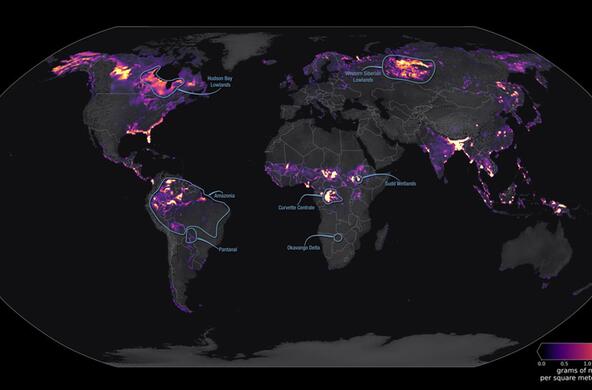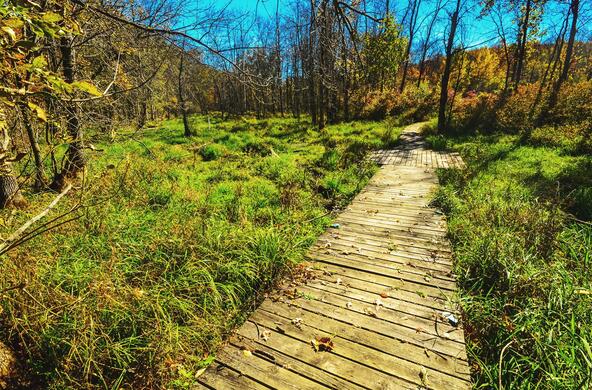Speaker: Dr. Monica Palta, Pace University
Dense human settlements are typically situated in areas with wetland ecosystems, due to the types of benefits, or ecosystem services, wetlands, and aquatic systems provide. The explosion in urban growth in the 20th century has, however, driven tremendous wetland loss, as humans have drained, filled, and buried wetland areas to make them suitable for human occupation and use. Despite over 90% loss of wetlands in some US cities, urban wetland environments persist, and are in some cases gaining acreage due to either deliberate creation and restoration, or inadvertently due to various water management practices.
These remnant, restored, created, and “accidental” wetlands have varying potential for many ecosystem services but also disservices, or harms. Various empirical datasets and models were used to examine the nature, extent, and balance of tradeoffs among these services and disservices in wetlands found in the northeastern and southwestern US.
These studies have demonstrated that despite ecological degradation and pollution, both designed and accidental urban wetland ecosystems demonstrate significant capacity for supporting and regulating ecosystem services (habitat provision, nutrient removal, carbon storage) and cultural ecosystem services (sense of place, spiritual practice). However, the scope of benefit, beneficiaries, and tradeoffs associated with these services are highly dependent on both biophysical (e.g., pollution inputs) and social (e.g., socioeconomic characteristics of stakeholders) factors. Current and future work focuses on further exploring these biophysical and social contexts, as well as the role of wetland design and management, to more fully define the role and impact of urban wetlands in cities.






